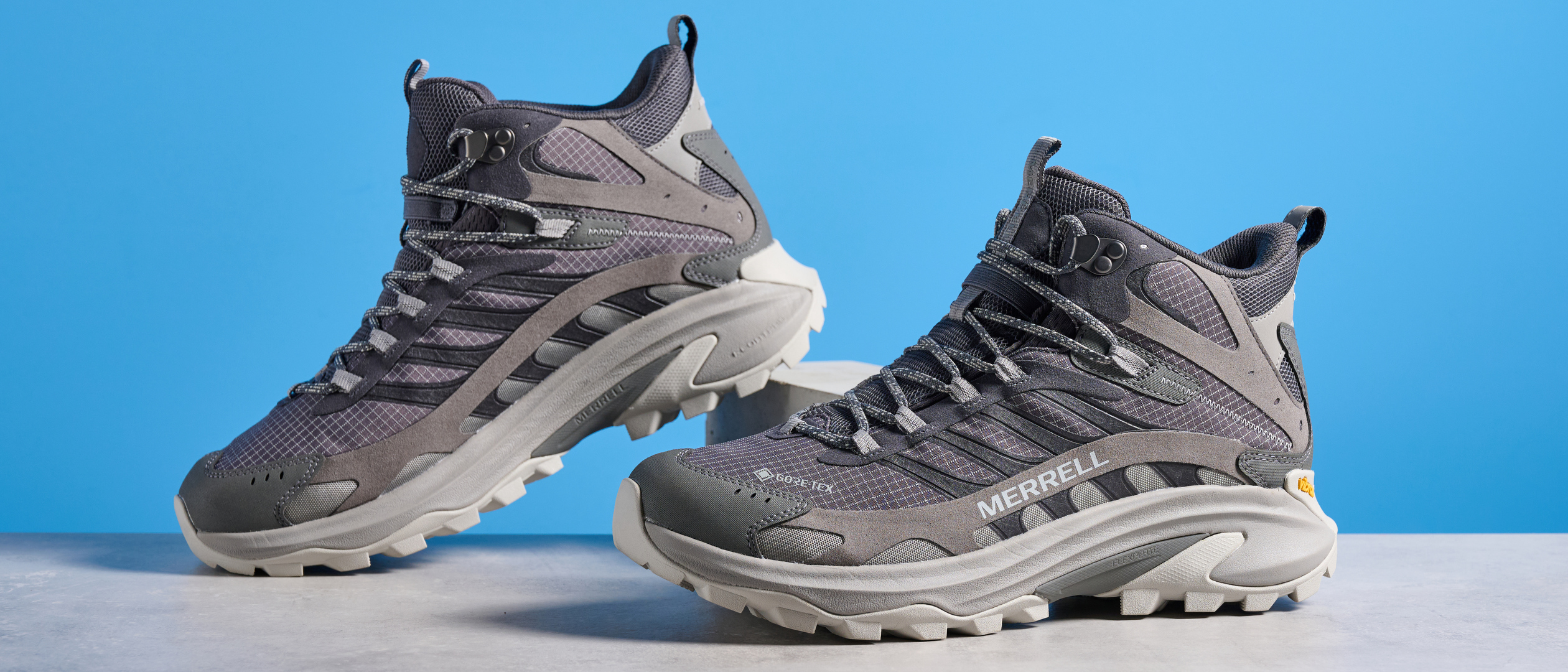I test headphones for a living, and here are the 5 rock tracks I use every time
Get your motor runnin'

So you just got a new pair of the best wireless headphones. Lucky you! You’re now unconstrained by wires, tethered by a 30-year-old connection standard, and you might even have futuristic tech that blocks out all the noise. But, as you pull them from their cardboard prison, you glance at the Led Zeppelin Fallen Angel poster on your wall;
“What’s the best classic rock track that I can test these puppies out with?”
Well, wonder no more — I am both an insufferable audio nerd and a fan of classic rock music. Here are the 5 best tracks that I use to test headphones, thanks to their sound quality, stereo recording, or specific strength that puts your headphones through the ringer.
So get the best music streaming services running — we're going on a trip to the seventies, baby. Don't forget your corduroy.
If you're looking for the best way to listen to your classic rock tracks, look no further than Qobuz. It's full of all your favorite tracks and boasts the best streaming quality that Tom's Guide has ever heard. In fact, it's what the Tom's Guide testing team uses to test all the headphones we get in for review!
1. Led Zeppelin, Misty Mountain Hop
Led Zeppelin IV is chock full of some of the best classic rock to ever grace the ears of a headbanger — and while Stairway would normally be a go-to for most (and banned in Guitar Center), Misty Mountain Hop is my choice for testing headphones.
It’s all down to the rock n’ roll beat, immaculate seventies stereo separation, and the expansive soundstage. Before the days of Dolby Atmos and other spatial audio formats, acts wanted to play with two-channel stereo recording to see just what it was capable of.
I’m not sure many acts played with it quite like Led Zeppelin — screeching guitars that dance between left and right in the likes of Whole Lotta Love, dancing moans in Lemon Song… you get the picture. But Misty Mountain Hop uses stereo to make the music sound bigger and more layered.
Get instant access to breaking news, the hottest reviews, great deals and helpful tips.
I want to see if my new headphones can separate the guitars at the beginning of the track, and nail the vocals directly into the center of the mix. I want to hear the drums move from ear to ear, as Bonham dances across the kit.
I want the track to feel huge — and some of that is down to the headphones and their ability to widen a soundstage and replicate the stereo mix with precision.
2. Pink Floyd, Alan’s Psychedelic Breakfast
I’ll admit, part of this list is just me showing my knowledge of various classic rock acts and their back catalogue. Could I have chosen Shine On You Crazy Diamond or Money as quintessential tracks to test your headphones?
Yes, but they’re not as fun as the final track on Atom Heart Mother. For 13 minutes, Pink Floyd make you wonder what you want for breakfast, as the (presumably) titular Alan goes about his morning, intertwined with various trippy musical interludes.
This is another stereo mix that I like to use. I want to make sure that when Alan is pouring his cornflakes, the left channel is completely silent, before the plucked guitar line picks itself up from the studio floor. The placement of Gilmore’s restrained solo needs to be smack bang in the center of the mix, and the steady warming of the track has to build with each low note.
The voice that comes in around the seventh minute needs to be just out of earshot, and crackling bacon needs to sound like it’s next to me. It’s a bizarre fever dream, and the weird, occasional loud voice has to be really loud. Headphones lacking in dynamics often struggle with Alan’s Psychedelic Breakfast, so I use it every time.
3. Moody Blues, Knights In White Satin
Apart from being one of the most heartfelt love songs ever written, Knights In White Satin is a great way to test how dynamic a pair of headphones is. While not the highest fidelity, it goes from calm and restrained to huge and orchestral in the blink of an eye — and I need my headphones to keep up.
The drums need to move from earcup to earcup, and the strange vocal affectations need to be clear and high without being fatiguing and dominating. The bass guitare needs plenty of body, and the track needs to sound huge as the instruments layer onto each other.
It’s song sung and played from the heart — and I want to hear and feel every beat from my headphones.
4. Rush, Tom Sawyer
I am not immune to Geddy Lee’s rock epic. Not only is it a wonderful showcase of what rock was becoming in the dawn of the eighties, but it’s also a great way to test out your newest pair of wireless headphones.
It’s big, loud, a little bit silly, and loads and loads of prog-rock fun. From that first synth drop and the instantly catchy drum beat to the closing seconds as the music fades back to silence, there’s plenty for a good pair of headphones to get their teeth into.
It’s detail that I’m looking for when I listen to Tom Sawyer. The cymbals of the drums need to be detailed and precise, and while Lee’s almost falsetto vocals need to be high without being too piercing.
Then there’s the drum beat. The drums are set up tight, with a fairly sharp snare tone. It needs to sound quick — some headphones struggle with timing, and the snare often ends up feeling flabby.
Finally, there’s that guitar solo that, like the cymbals, needs to be just on the tolerable side of piercing. It is a high note — that is unavoidable — but it shouldn’t sound like it's detracting from the rest of the track.
5. Heart, Magic Man
Whenever Ann Wilson opens her mouth, brilliance emerges. Magic Man’s perfect rock n’ roll beat and twanging guitars are a great example, and the perfect way to test how rhythmic your headphones are — and Wilson’s voice makes a great test for the vocal clarity of your cans.
It also happens to be an excellent piece of seventies rock, reminding you that Robert Plant didn’t have a patent on soaring rock vocals throughout the decade.
The drums need to be well-timed in your headphones. They’re another tight rock and roll kit, and some headphones aren’t as exacting in pulling out all their resolution. Similarly, the guitar part needs to be wide and warm, while Wilson’s vocals move across the frequency range.
Then there’s the bongo drum — it has a habit of disappearing with some headphones, overlaid and forgotten by the rest of the ensemble. This is an exacting track, and your headphones need to keep up to give you that 70s rock kick.
More from Tom's Guide

Tammy and her generous collection of headphones have found a new home — Tom's Guide! After a two-and-a-half-year stint as iMore's resident audiophile, Tammy's reviews and buying guide expertise have more focus than ever on Tom's Guide, helping buyers find the audio gear that works best for them. Tammy has worked with some of the most desirable audio brands on the planet in her time writing about headphones, speakers, and more, bringing a consumer focussed approach to critique and buying advice. Away from her desk, you'll probably find her in the countryside writing (extremely bad) poetry, or putting her screenwriting Masters to good use creating screenplays that'll never see the light of day.
You must confirm your public display name before commenting
Please logout and then login again, you will then be prompted to enter your display name.




